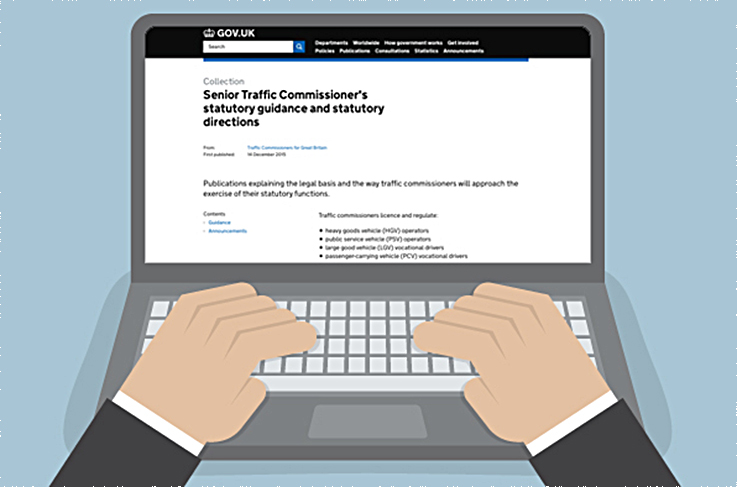In the realm of traffic regulations and legalities, the process of seeking the return of an impounded vehicle involves a meticulous journey through various legal considerations. A recent case that came before the Traffic Commissioner sheds light on the intricacies involved in such applications. The detailed decision, made by Commissioner Kevin Rooney on 5th August 2021, offers valuable insights into the factors that play a pivotal role in determining the fate of the impounded vehicle.
The Context
The case revolves around a vehicle with the registration number WN64YXW, a 3-axle Scania tractor device drawing a 3-axle skeletal trailer loaded with a delivery container. The incident took place on 16th June 2021 when the vehicle was directed to the DVSA’s check site at Chilcomb, near Winchester. The vehicle was found to be lacking the necessary operator’s license, and it was impounded following a series of checks.
The Application for Return
The application for the return of the impounded vehicle was submitted by Haydock Finance Ltd. The grounds for the application were based on the fact that the finance company was unaware that the vehicle was being used in contravention of the law, specifically without the benefit of an operator’s license.
The critical question before Commissioner Rooney was whether Haydock Finance Ltd had the requisite knowledge that the vehicle was being used in violation of the law. This is a crucial aspect, as knowledge plays a significant role in determining the fate of such applications.
Imputed Knowledge and Categories
The decision cites a framework of five categories of knowledge that can be applied in cases of this nature:
- Actual Knowledge: Direct awareness of the use of the vehicle in contravention.
- Knowledge That Would Have Been Obtained: Imputing knowledge to an individual who deliberately chose to ignore obvious signs.
- Knowledge That Would Have Been Obtained Through Reasonable Inquiries: Imputing knowledge to someone who recklessly failed to make inquiries that a reasonable person would have made.
- Knowledge of Circumstances that Suggest the Facts: Constructive knowledge is imputed based on circumstances that would suggest to an honest and reasonable person that a violation was taking place.
- Knowledge that Would Trigger Inquiry: Constructive knowledge based on circumstances that would prompt an honest and reasonable person to investigate further.
Applying the Categories
In this specific case, Commissioner Rooney found that the finance company, Haydock Finance Ltd, fell under the category of “knowledge that would have been obtained through reasonable inquiries.” The company had failed to adequately verify whether the vehicle was being used lawfully, considering its role in financing commercial vehicles. The decision emphasizes that while no legal requirement mandates finance companies to make such inquiries, the principles of imputed knowledge apply. The company’s failure to exercise due diligence in this regard was deemed to be a “wilful and reckless” omission.
The decision ultimately denied the application for the return of the impounded vehicle, as the finance company’s actions were considered to go beyond mere negligence. This case underscores the responsibility of all parties involved, from operators to finance companies, to ensure compliance with traffic regulations.
Commissioner Rooney’s detailed decision serves as a testament to the complexity of such cases and the need for a thorough understanding of the various categories of knowledge. It also highlights the crucial role that diligence and responsibility play in preventing violations and ensuring the legal operation of vehicles under the jurisdiction of traffic laws.
As traffic regulations continue to evolve, cases like these exemplify the critical importance of knowledge and accountability in ensuring the safe and lawful operation of vehicles on the road.




